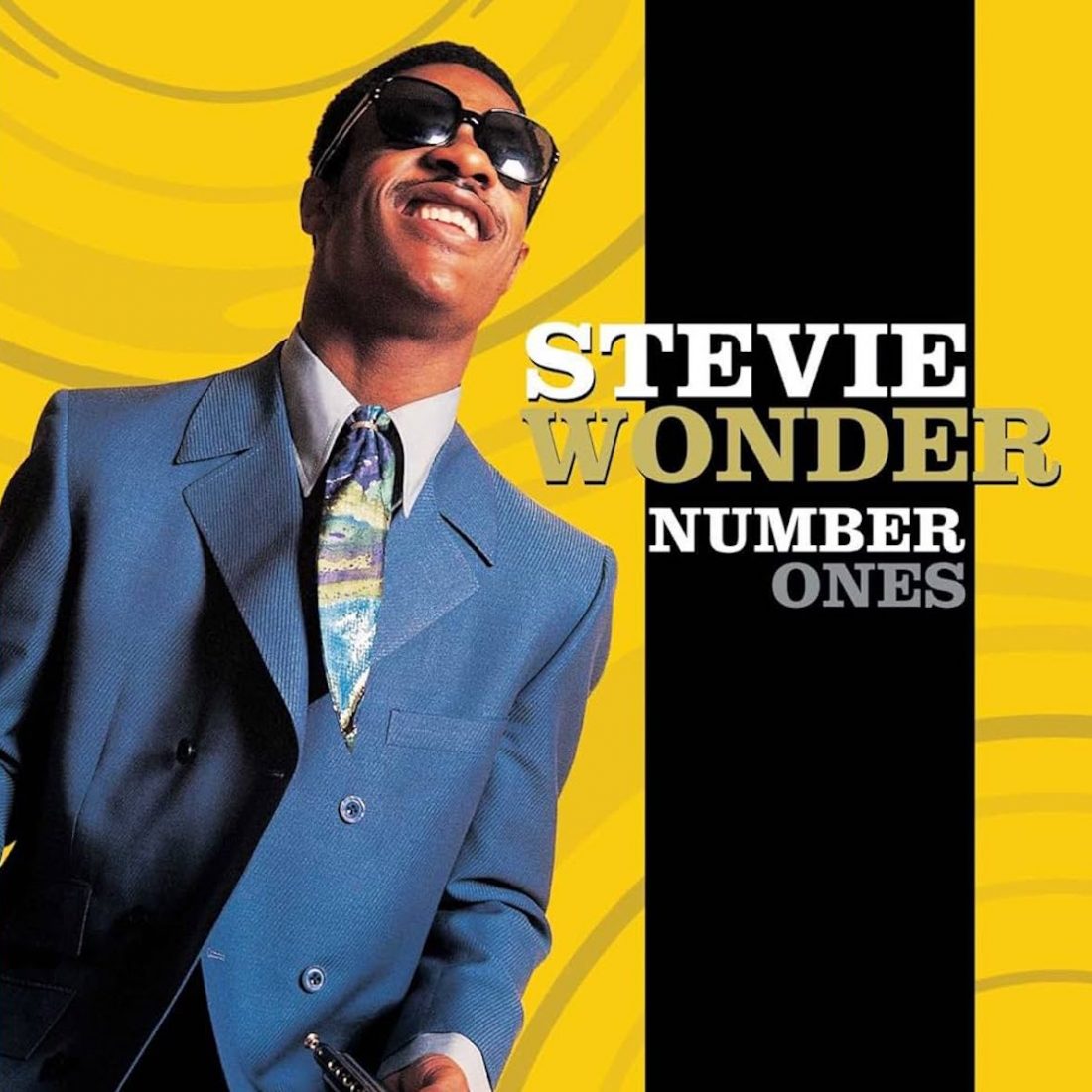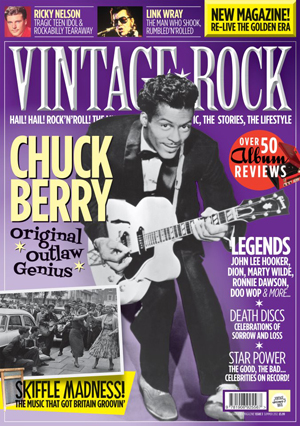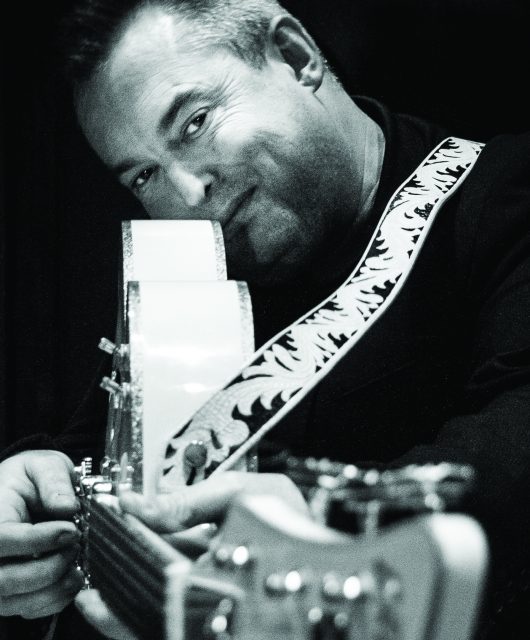Little Stevie Wonder defied those who told him he wouldn’t amount to anything on account of him being “Blind, Black and Broke”, and spent the 60s rising through the ranks of Motown to emerge as one of the most important artists of his generation… Here Vintage Rock presents The Stevie Wonder Story
Words by Mark Lindores
“Say yeah!!” The first words the world heard from Little Stevie Wonder on Fingertips (Part 2) in 1963 may have been the sound of a young boy experiencing pure, unadulterated joy through his music, but this prodigious performer whose talent far exceeded his age was in fact singing for his life. In truth, even by the standards of the time, Motown’s brightest new star had the darkest backstory.
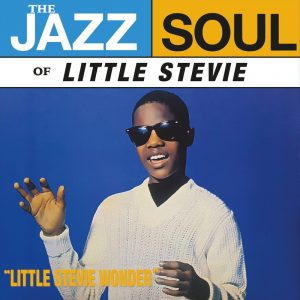
Blinded At Birth
Lula Mae Hardaway had already suffered serious hardship before she gave birth to her third son Stevland Hardaway Judkins (later changed to Stevland Morris after his mother remarried) on 13 May, 1950. Born in the appropriately-named town of Hurtsboro, Alabama, Lula had been abandoned by her teenage mother before being shipped between various relatives. Ending up in Saginaw, Michigan with her aunt and her church deacon husband, Lula was ostracised from her family after falling pregnant at the age of 18.
After giving birth to two sons in quick succession, Milton and Calvin Jr, Lula married Calvin Judkins, a man she later described as “a pure street hustler”. Judkins, 30 years her senior,was obviously the father figure Lula had never had. He was also a drunk, a gambler and an abusive tyrant who not only often beat her but also forced her into prostitution.
Within weeks of their wedding, Lula was pregnant again. After suffering a pregnancy beset by pain and sickness, she gave birth a month prematurely to a baby boy weighing barely four pounds. Unsure whether Stevie would survive, doctors swiftly placed him in the incubator that would save his life… at the cost of his sight.
“I was born a whole month premature and the doctor didn’t know about the right amount of oxygen, so I was given too much and an area of my eyes was destroyed,” Stevie explained to Oprah Winfrey. “I have a dislocated retina in one eye and the cataract in the other, but I personally think I was really lucky. A girl who was born one minute before me actually died… she couldn’t withstand that much oxygen.”
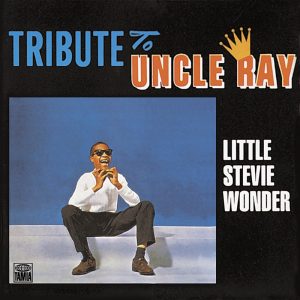
Escape To Freedom
Stevie’s eye condition is generally believed to be retinopathy of prematurity, also known as ROP, which stops blood vessels in the eyes from growing fully and which can in some cases result in retinal detachment. ROP was of epidemic proportions in the late Forties and early Fifties, with over 12,000 babies worldwide suffering blindness as a result of the disease.
Unhelpful to the point of being resentful that he had a blind son, Calvin offered Lula neither financial or emotional support, and the hostility between the pair reached a crescendo in 1953 during one particularly vicious fight, when she stabbed him – the build-up of years of mistreatment and brutality she had suffered at his hands. Calvin later dropped the charges he had filed against her, but it marked the end of their marriage.
After secretly putting aside what little money she could save after buying food and coal, Lula finally accrued enough to escape her torturous life with Judkins. In 1954 she fled to Detroit, temporarily seeking solace with Paul Hardaway, the father of Stevie’s eldest brother, until she was able to arrange accommodation of her own.
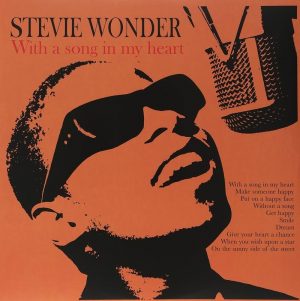
Gift From God
With three small children to look after, Lula sought domestic work when she could. Even though the wage was paltry, she was pleased to be earning honestly and respectably, even if she did have to occasionally supplement the family’s economic situation by stealing coal from the dry dock. Years later, speaking about their desperation, Stevie said it had been “a necessity not a crime”.
Eventually settling near Detroit’s Brewster-Douglass housing project – the place where Diana Ross and Smokey Robinson had been raised – Lula set about ensuring that her children had the happiness and stability that had so far eluded them (she later remarried and had three more children). Still convinced that Stevie’s blindness was God’s retribution for her own behaviour, she sought advice from countless doctors and faith healers in a desperate bid to restore Stevie’s sight. While all assured her that she was not accountable for his affliction, the words to finally alleviate her guilt came from the mouth of her son.
“It bothered me that my mother was crying all the time,” Stevie later said in a Rolling Stone interview. “She thought God might be punishing her for something. She lived during a time when things were particularly difficult for a woman in her circumstances, so I just told her I was happy to be blind and I thought it was a gift from God. People who see tend to judge a book by its cover but if a person is also beautiful inwardly, I’ll know that side of them first.”
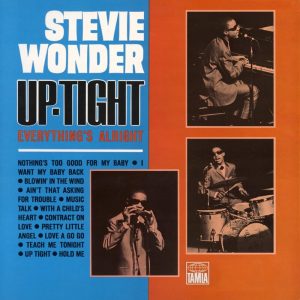
A World Through Music
Despite being consigned to a life lived in perpetual darkness, the young Stevie exuded light and positivity, refusing to let his blindness define him or stop him from having as regular a childhood as possible. Chaperoned by his brothers, he partook in activities such as climbing trees, riding a bicycle, climbing on the roofs of the street’s outhouses, and flirting with girls. He learnt to read braille and developed a deep passion for music.
Naturally drawn to sounds, Stevie had enjoyed playing the xylophone as a baby and banging on pots and pans, but his love of music only grew stronger as he got older, particularly when he discovered the local WCHB Radio station, which introduced him to the sounds of Johnny Ace, Del Shannon, Jackie Wilson, Neil Sedaka and Ray Charles.
Accompanying his mother to church, he fell in love with the uplifting sound of gospel and joined the church choir. At home, music was also a source of independence. While most other activities required assistance from someone else, in music he would lose himself, writing his own songs and playing a variety of different instruments. By the age of nine he had mastered the harmonica, the drums and the piano, and had developed a skill for hearing a piece of music once and instantly being able to play it back.
Prodigious Talent
A clearly prodigious talent, Stevie soon amassed something of a following in his neighbourhood, playing at local fairs and dances or on the street corners where he would hold mini concerts, either as a one-man band, singing, playing harmonica or using old pots, pans and tin cans as a makeshift drum kit, or performing with his friend John Glover, who accompanied Stevie on guitar. Calling themselves Stevie and John, they’d perform the hits they’d heard on WCBH along with their own original compositions.
As well as being one of Stevie’s closest friends, Glover proved to be a vital contact, as he was the cousin of Ronnie White who, as one of the members of The Miracles, was at that time Motown’s most prominent act. White finally agreed to see Stevie in 1961 following months of nagging from Glover and his brother Gerald White, who had witnessed many of Stevie and John’s performances. Blown away by Stevie’s performance of his own composition, Lonely Boy, he recognised the youngster’s pure talent as a singer, performer, writer and multi-instrumentalist and arranged an audition for him at Motown.
Founded in 1959 by Berry Gordy with the royalties he had earned as a songwriter for acts including Jackie Wilson, Motown was on the cusp of becoming a major force in the music industry with The Miracles’ Shop Around and The Marvelettes’ Please Mr Postman both selling over a million copies and the latter becoming the label’s first No. 1 hit. By 1961, scoring an audition at the label was virtually impossible, so White’s endorsement had proved invaluable. Busy with his burgeoning roster of acts and not expecting much from a 10-year-old blind street kid, Gordy asked Motown talent scout Brian Holland to oversee Stevie’s audition.
Motown’s Long Shot
Accompanied by his mother, Stevie auditioned at Motown’s offices at 2468 West Grand Boulevard in Detroit – the building which Stevie’s music would help earn its moniker of Hitsville USA. Performing in “the snake pit”, the basement studio where all of the Motown hits were recorded, Stevie’s audition caused a sensation as he proved himself a virtuoso of every instrument he played. As with his gigs on street corners, his talent and enthusiasm drew a crowd of marvelled onlookers, only on this occasion his audience consisted of Motown employees, artists and, eventually, Berry Gordy himself.
Though undoubtedly impressed by Stevie, Gordy had reservations about signing him, struggling to envision a place for him in the musical landscape he was playing a part in creating. Although it was R&B music, Motown’s slick melodies and pop sensibilities were translating into the mainstream charts, and Gordy was unsure of how Stevie fit into that.
Despite his reservations, he was ultimately won over by Stevie’s personality and talent and figured he was too much of a good thing to pass up. As Stevie was still only 11 years old, a special contract had to be drawn up in compliance with child labour laws. The conditions stated that Stevie be given a private tutor for when he was recording and touring, and that his earnings would all be paid into a trust fund, accessible to him when he was 21. He was signed on a rolling contract which was renegotiable every five years and was signed by both Stevie (under the name Stevland Morris) and his mother. Both received a weekly wage from Motown.
The Eighth Wonder
Stevie needed a name as well as a clear musical direction. In keeping with the ‘supreme’, ‘marvellous’ and ‘miracles’ of other Motown acts, Stevie was given Wonder after someone had called him “the eighth wonder of the world”. As he was known as ‘Little Stevie’ around Motown, his stage name of Little Stevie Wonder was confirmed.
It was almost a year after signing that Stevie released his first single. In the interim, producer and songwriter Clarence Paul had taken on the role as Stevie’s mentor, teaching him about songwriting, letting him play on other artists’ tracks and recording two albums with him.
Released in August 1962, Stevie’s first single, I Call It Pretty Music (But The Old People Call It The Blues) peaked at No. 101 for one week, with two follow-up singles Little Water Boy and Contract On Love faring even worse. The two albums they had recorded, The Jazz Soul of Little Stevie (an album consisting of Clarence Paul-penned instrumentals) and Tribute To Uncle Ray (an album of Ray Charles covers) sold very poorly and were a further indication that Motown didn’t know how to market Stevie.
Showstopper Stevie
Two months later, it was decided that in order to truly experience Stevie’s dynamism, people needed to witness him live and he was added to the bill of the Motortown Revue, Motown’s 94-date tour of the unofficial network of black-owned venues. Packed onto a coach with acts such as The Miracles, The Supremes, Martha & the Vandellas, Marvin Gaye and The Temptations, Stevie had to open the show due to his age.
Experiencing the energy of live audiences for the first time brought out the best in Stevie. Even with subpar material, he shone on stage, blazing through his repertoire, switching between instruments and thrilling audiences with his between-song banter and skits – much to the chagrin of acts higher up the bill that fumed at being upstaged by a child.
As word spread, Berry Gordy was thrilled that the tour was showcasing Stevie’s talents and arranged for the Chicago stop of the tour be recorded and released as a live album. Recorded Live: The 12-Year-Old Genius emerged as the breakout success Motown had been waiting for. Released in May 1963, the album and its lead single Fingertips (Part 2) both hit No. 1, establishing Stevie as a star.
A Star Is Born
Riding high, Stevie was also beginning to make waves overseas, and in December 1963 he was booked to play a two-week residency alongside Dionne Warwick and The Shirelles at Paris’ L’Olympia venue – the first Motown artist to play outside the US. The shows were a huge success and, having charmed audiences which included Dusty Springfield and Ready Steady Go! producer Vicki Wickham, Stevie ended his trip with a performance on the seminal music show on 27 December 1963.
Despite his success, Stevie was delivered a harsh lesson on the fickleness of fame upon his return to the States. Reprimanded by the Board of Education that he wasn’t receiving sufficient tuition whilst on tour, he enrolled at the Michigan School for the Blind where he attended classes for two weeks out of every month with tutor Ted Hall accompanying him on the road and at recording sessions.
Attending school offered Stevie a welcome distraction from new personal troubles. Changes to Stevie’s voice which had been put down to puberty were found to be more serious, and he had to have an operation to remove nodules from his vocal cords in 1964. The uncertainty of the effect this would have on his career left him prone to bouts of depression and isolation, a first for the boy that had previously been able to ride out the most challenging problems.
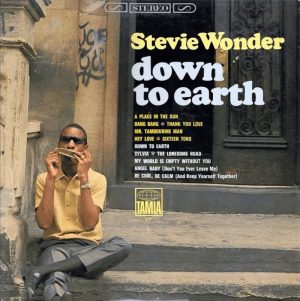
The Turning Point
Professionally, his career had also stalled with subsequent albums after The 12-Year-Old Genius all underperforming and lacking any sense of musical identity. With A Song In My Heart was an album of standards and show tunes, and Stevie At The Beach was a collection of surfer anthems inspired by ill-advised appearances in the films Muscle Beach Party and Bikini Beach. “I don’t even think they knew what to do with me at that point,” Stevie later said. “We were getting some misses and some mild hits. It was almost like, every other year we had a hit.”
With renegotiations for Stevie’s contract looming, many speculated whether he would be dropped by Motown. Berry Gordy was considering it until Motown songwriter Sylvia Moy persuaded him to sign Stevie for another five-year term and to let her work with him.
Famously loyal to artists that had signed to the label prior to its success, Gordy agreed. Upon Stevie’s return from the UK leg of the Motown Revue (a disastrous trek with many half-full houses), Stevie was teamed with Moy and Hank Cosby to begin writing. The trio clicked and, thrilled with the quality of their output, Stevie dropped ‘Little’ from his stage name to reflect his musical rebirth.
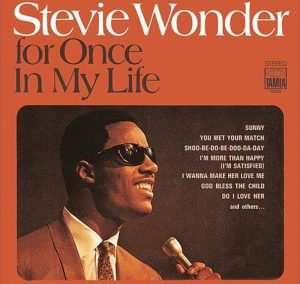
Everything’s Alright
Uptight (Everything’s Alright), released at the end of 1965 returned Stevie to the top of the US charts for the first time since Fingertips (Part 2) and gave him his first UK hit, where it reached No. 14. A cavalcade of vocals and horns, driven by a Stones-inspired beat, the song was the perfect way to introduce the world to the new, mature Stevie Wonder.
An album was hastily released to capitalise on the success of the song, featuring Uptight and follow-up Nothing’s Too Good For My Baby as well as his cover of Bob Dylan’s Blowing In The Wind, although, disappointingly, older tracks were tacked onto the record to get it out as quickly as possible. Stevie would have preferred a clear distinction between his older and new material.
It was the onset of a series of professional disagreements between Stevie and Motown about the way his career was being handled. He was maturing both personally and as a musician, and wanted that reflected in his artistry.
Despite being in the midst of a prolific run of hit singles which included For Once In My Life, I Was Made To Love Her (co-written by his mother), You Met Your Match, Shoo-Be-Doo-Be-Doo-Da-Day, A Place In The Sun and I Don’t Know Why (I Love You), Stevie was frustrated that the relentless drive for hits meant he was required to release subpar records such as Christmas albums and instrumental jazz covers while not being allowed to release material he believed in as it “didn’t fit” the Motown sound – as had been the case with My Cherie Amour, which had been buried on an album and released as a B-side before becoming a hit three years later in 1969.
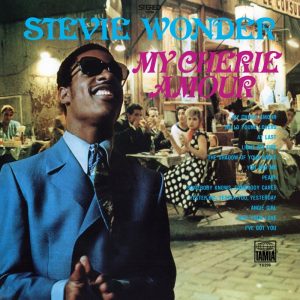
Artistic Freedom
Vindicated by My Cherie Amour’s success, Stevie began to evaluate his career as the decade drew to a close. Nearing his 20th birthday and having released his first Greatest Hits album, he was considering the type of artist he wanted to be. With his contract with Motown once again up for renegotiation he was aware he was much more valuable to the company than he had been last time round, not only as an artist but also as a songwriter. He had already written The Tears Of A Clownfor Smokey Robinson & the Miracles, and the departure of Motown’s main songwriting team Holland/Dozier/Holland due to a dispute over royalties opened up more opportunities for him to have his own compositions released.
Knowing he was due to be paid all of his royalties to date on his 21st birthday gave Stevie the freedom to incorporate a social commentary in his lyrics about things he felt passionate about, including racism, the highly-charged Detroit riots in 1967 and the assassination of Martin Luther King.
Having taken to secretly stockpiling songs inspired by the sonic advances explored by The Beatles and The Beach Boys to release later under his own terms, he was more satisfied artistically by what he called his “weird experimental shit” than the hits he was producing so effortlessly. With financial and artistic freedom on the horizon, Stevie had plans to show the world that he had only just scratched the surface of what he was really capable of.
For more on the Stevie Wonder story click here
Sign up to the Vintage Rock Newsletter
Order Vintage Rock Presents: The Sound Of Soul

